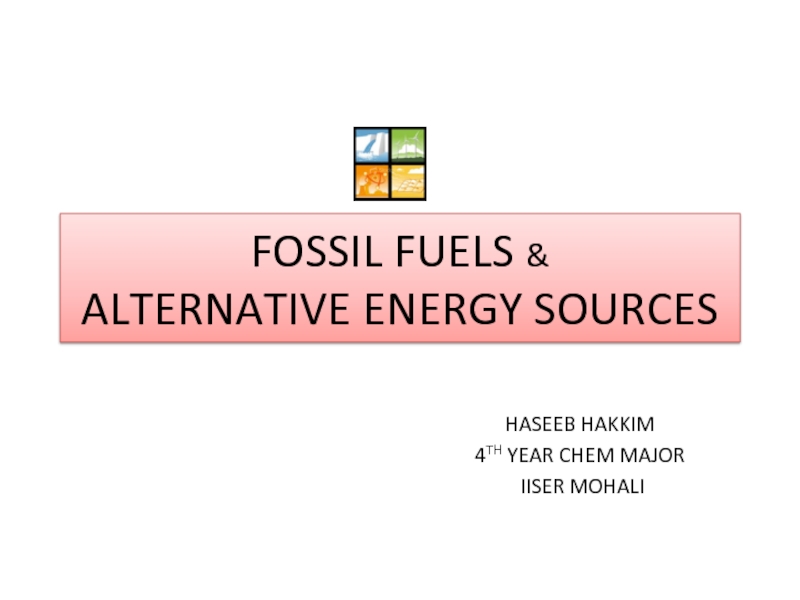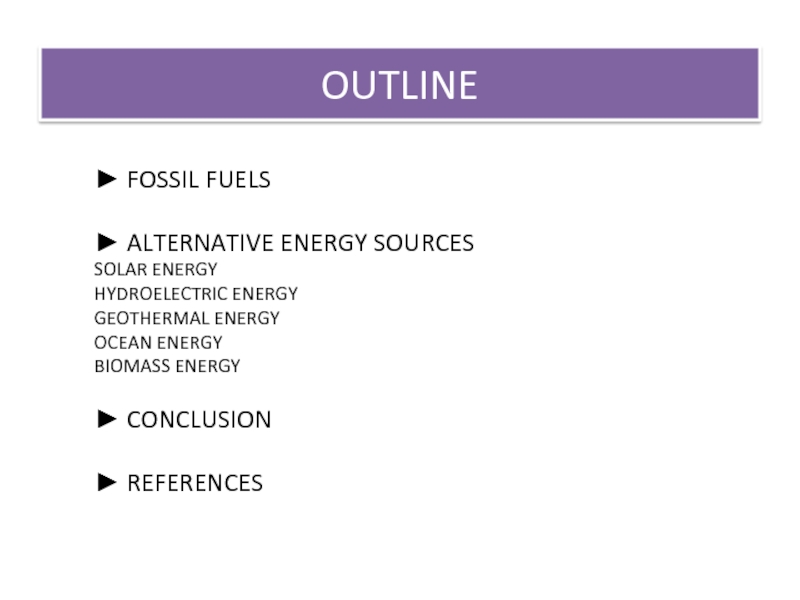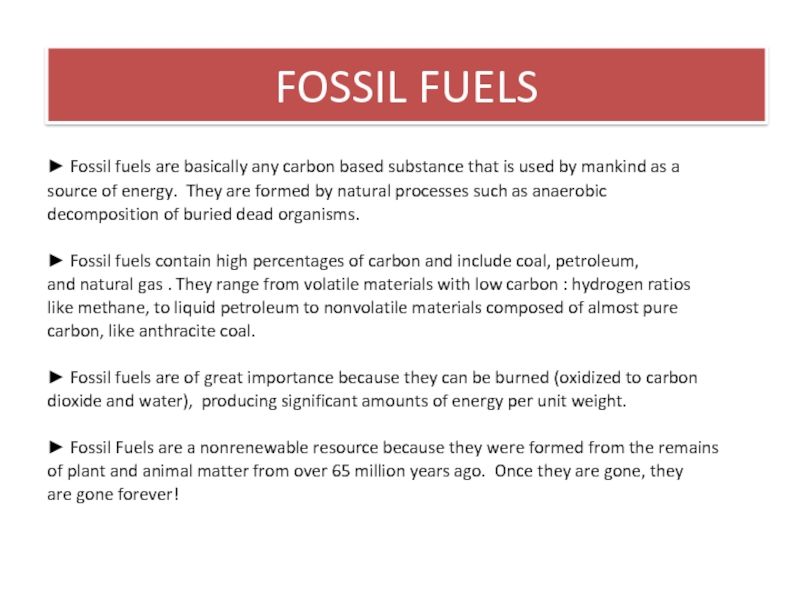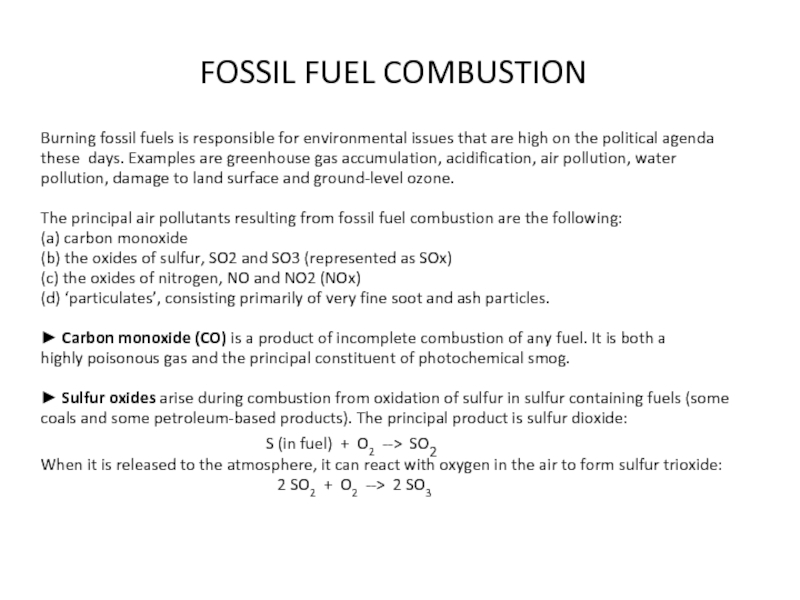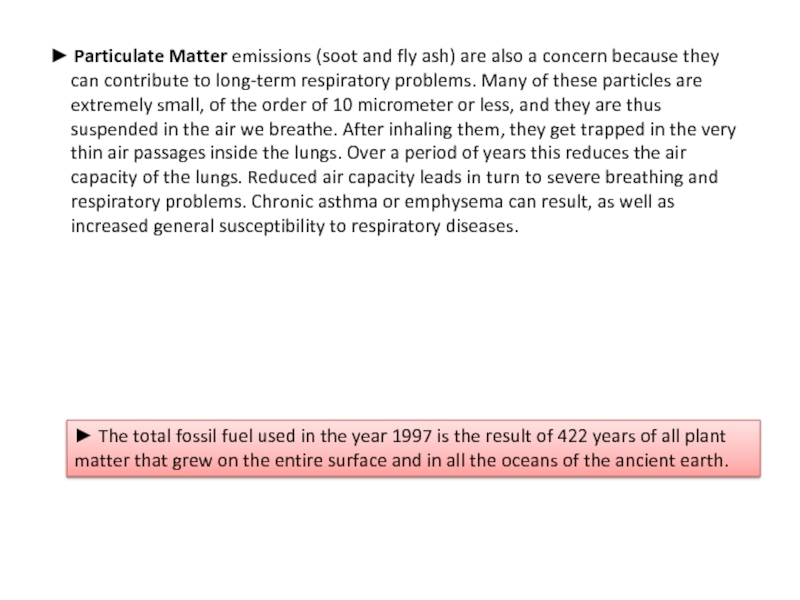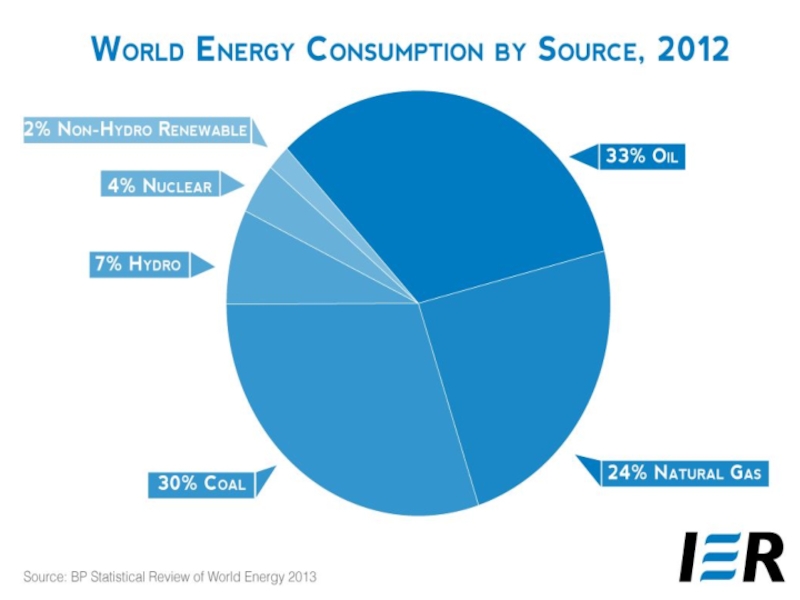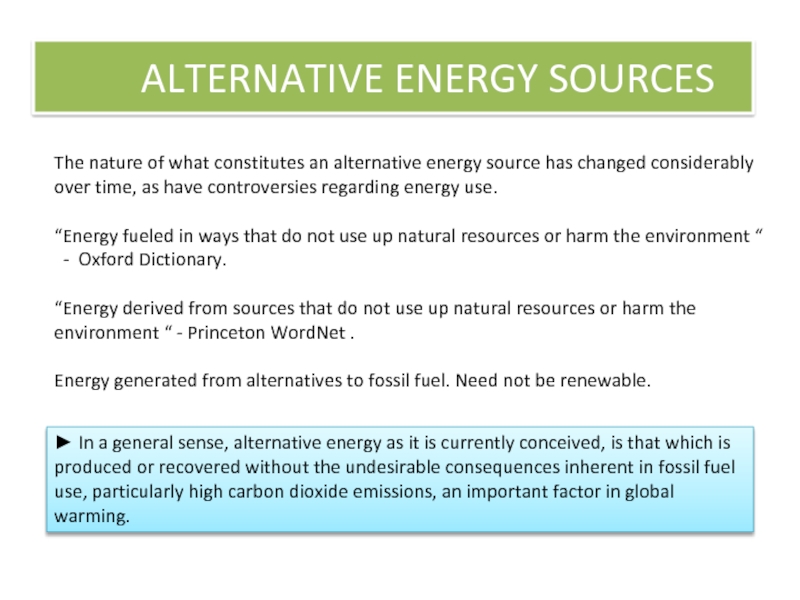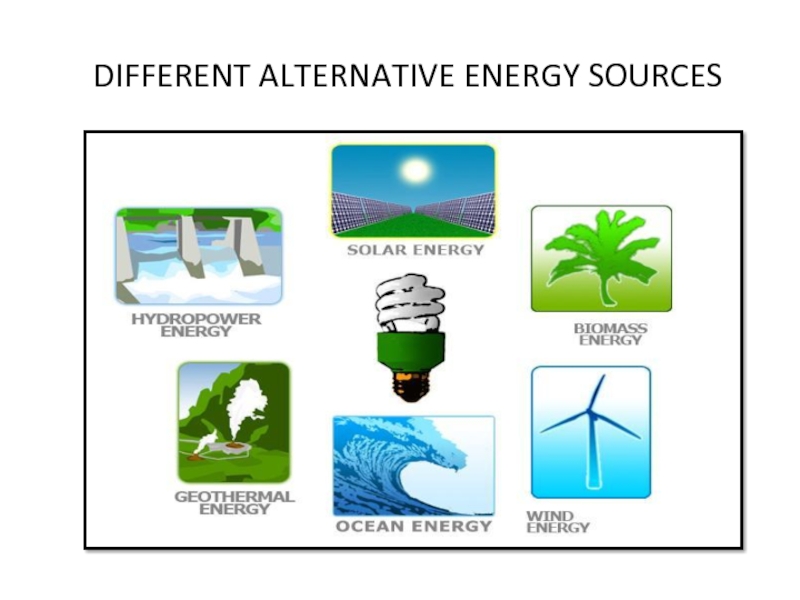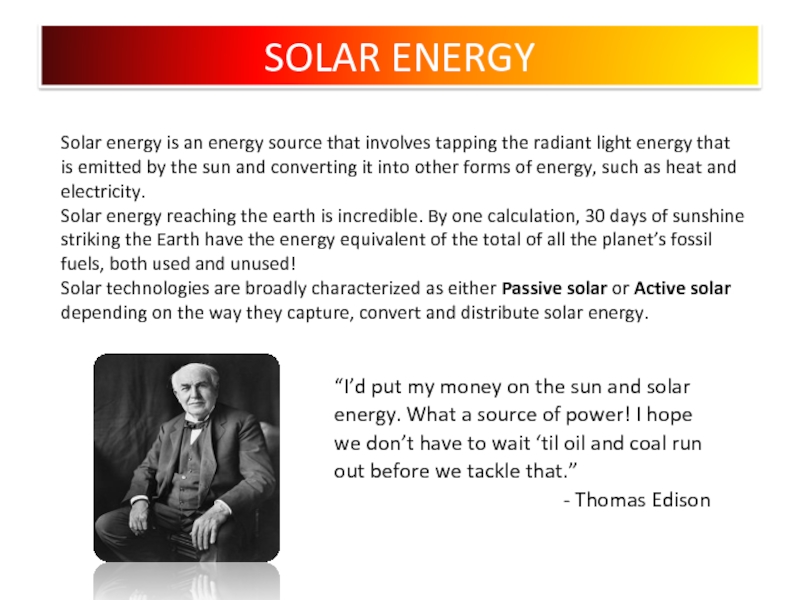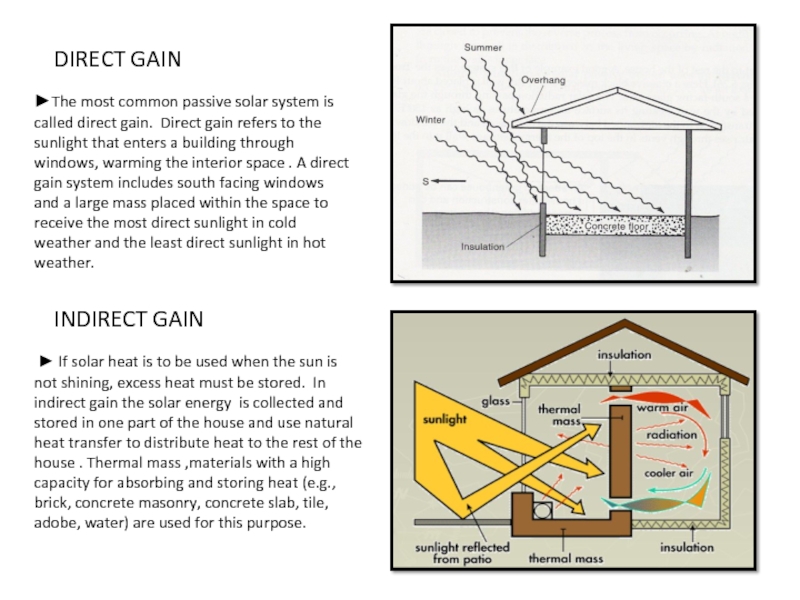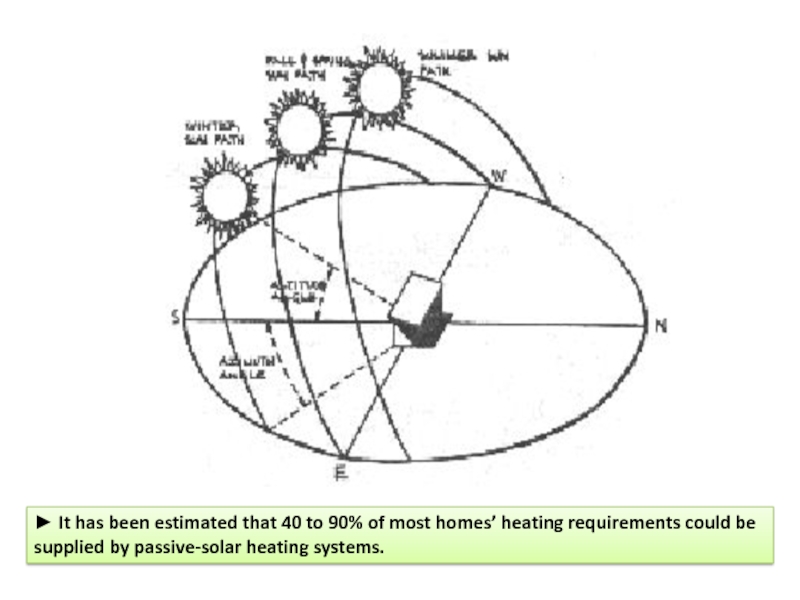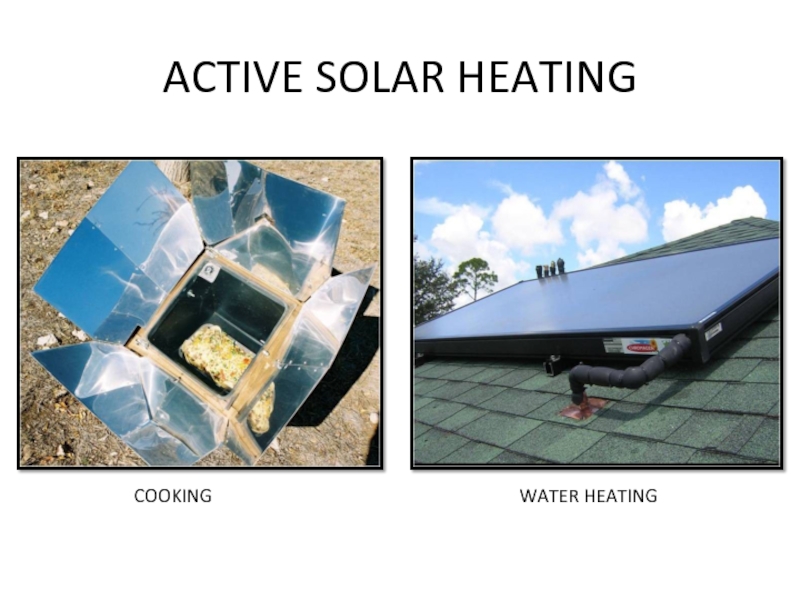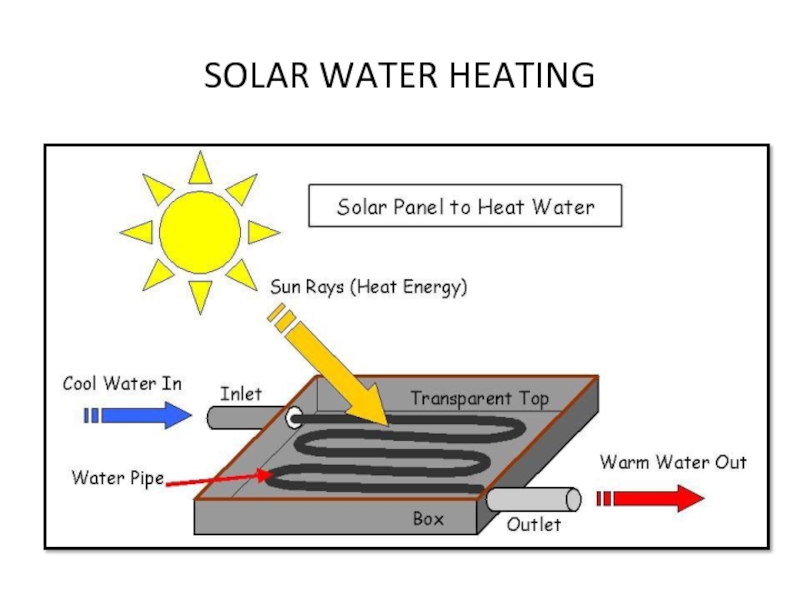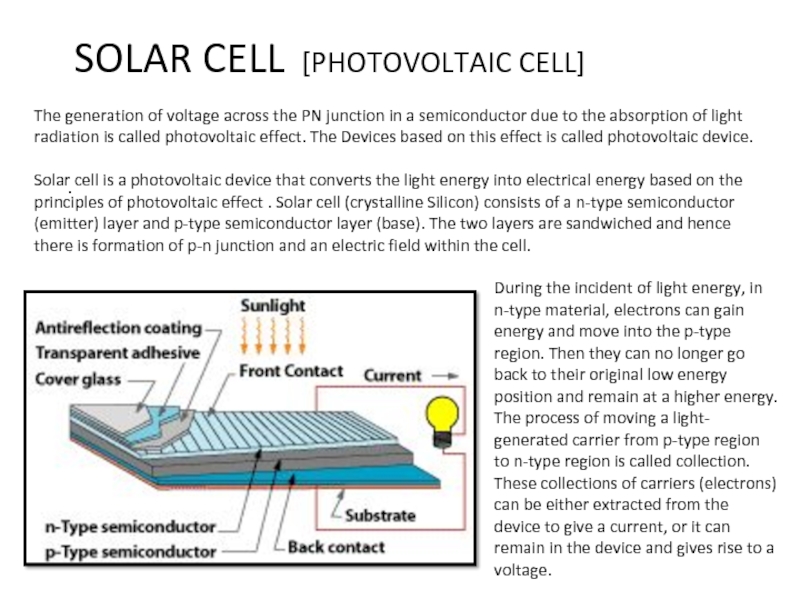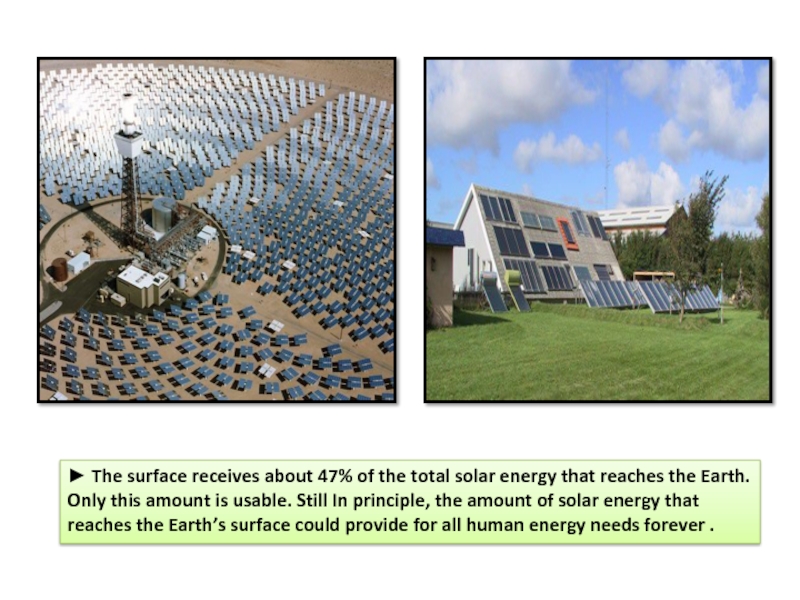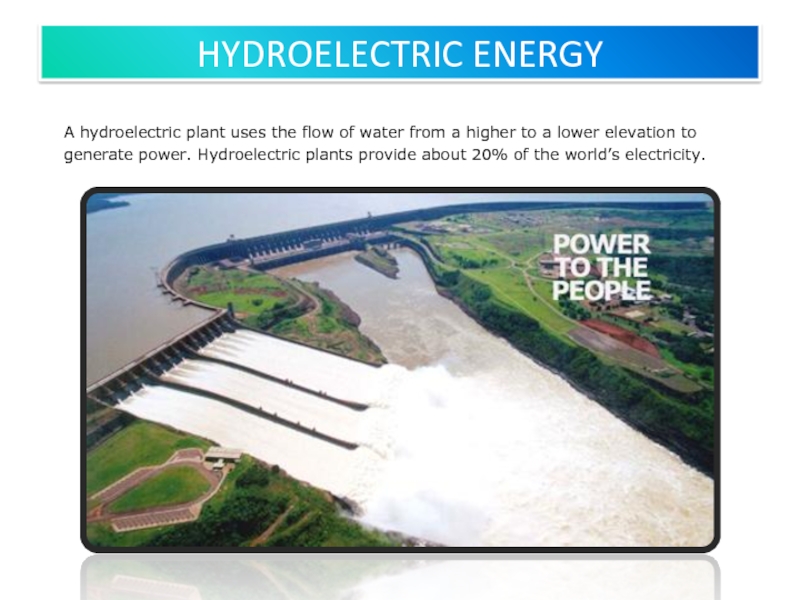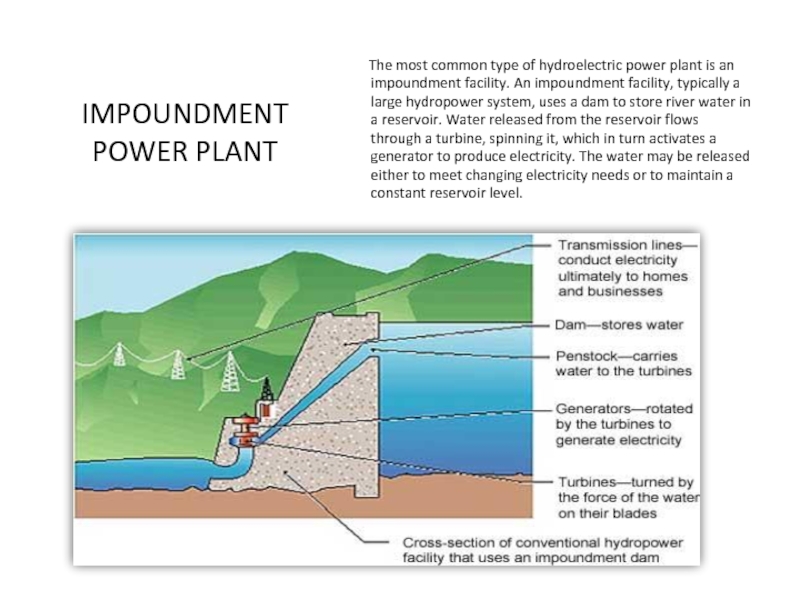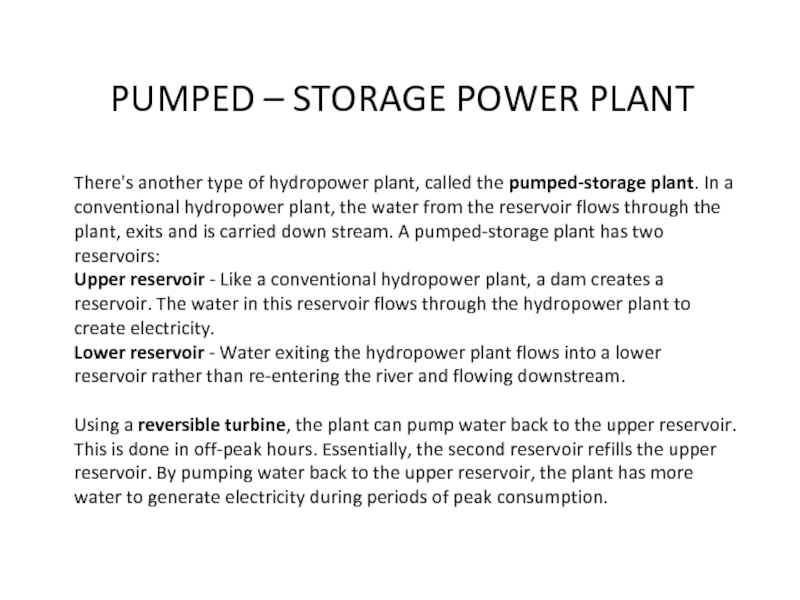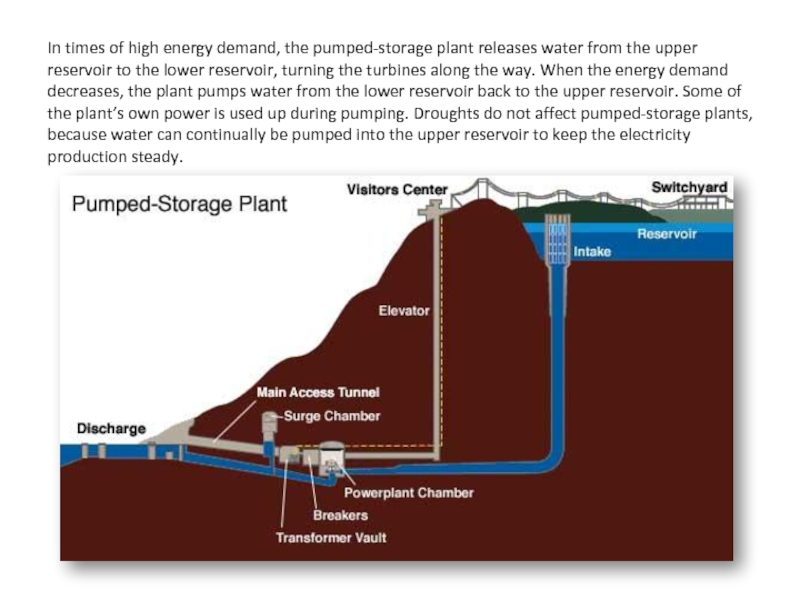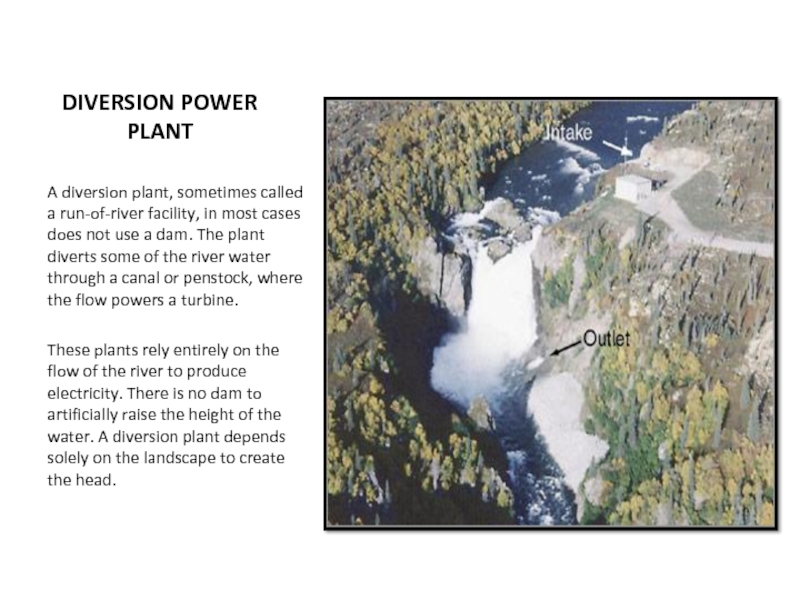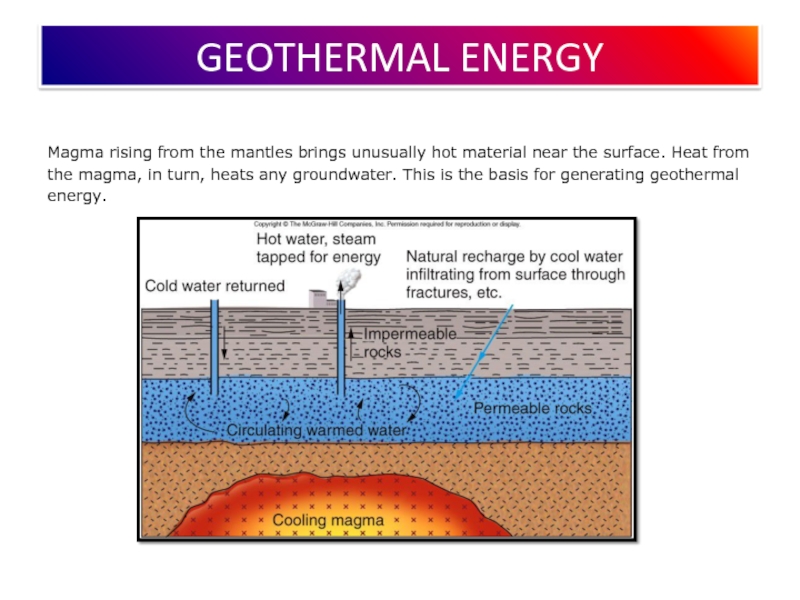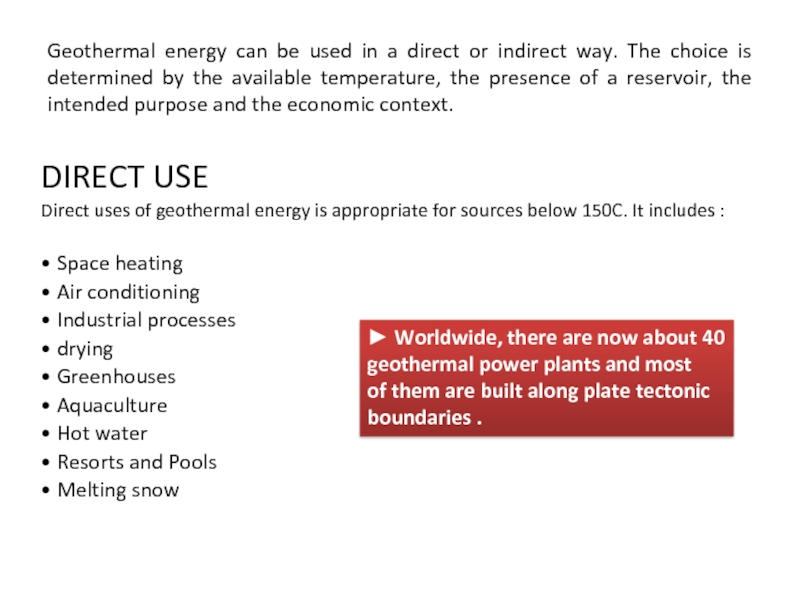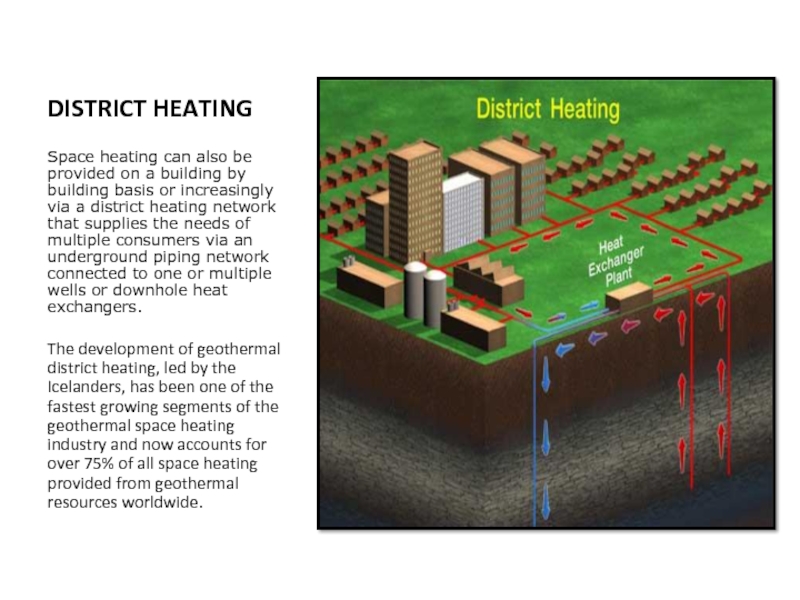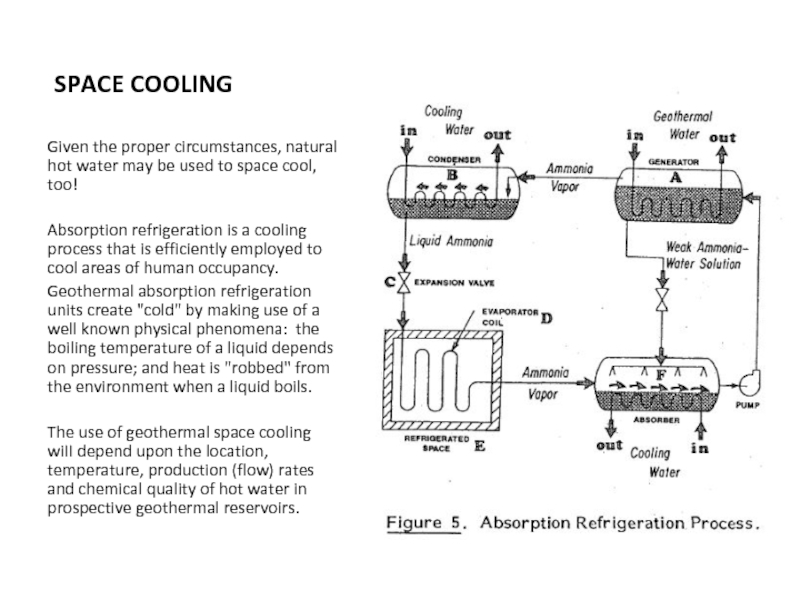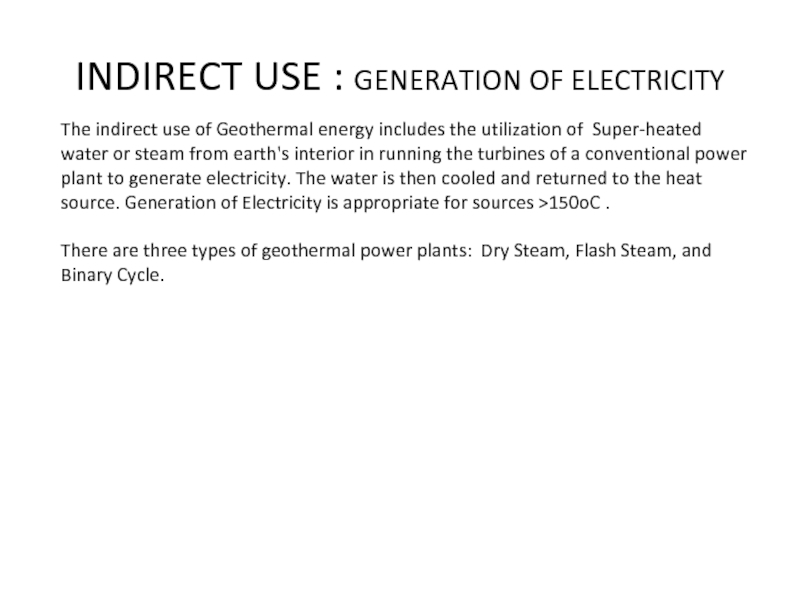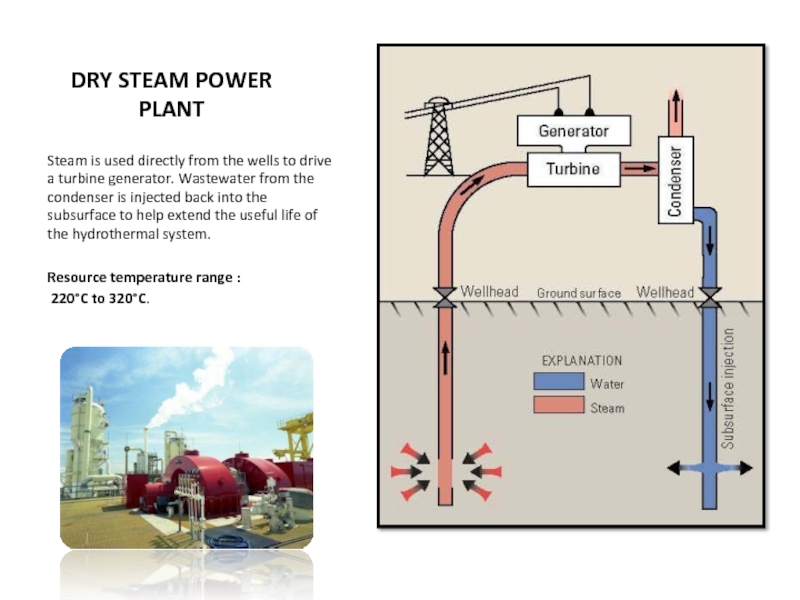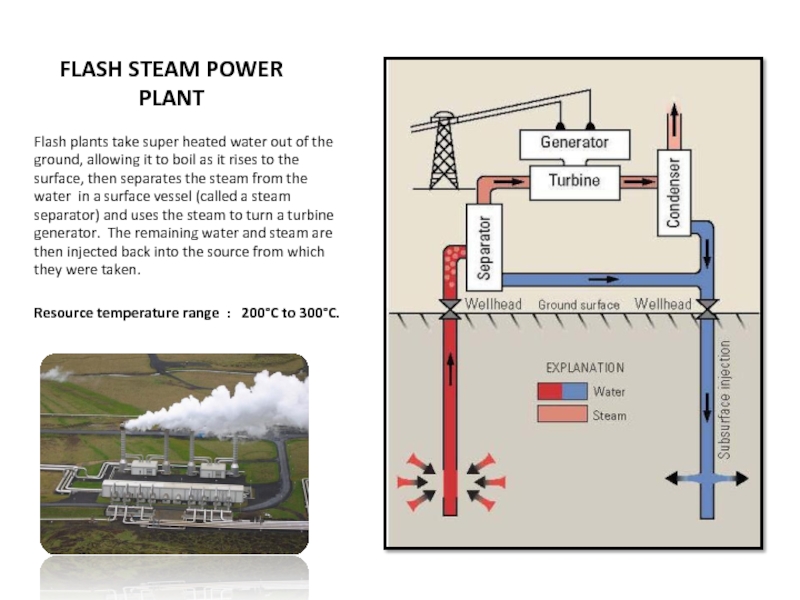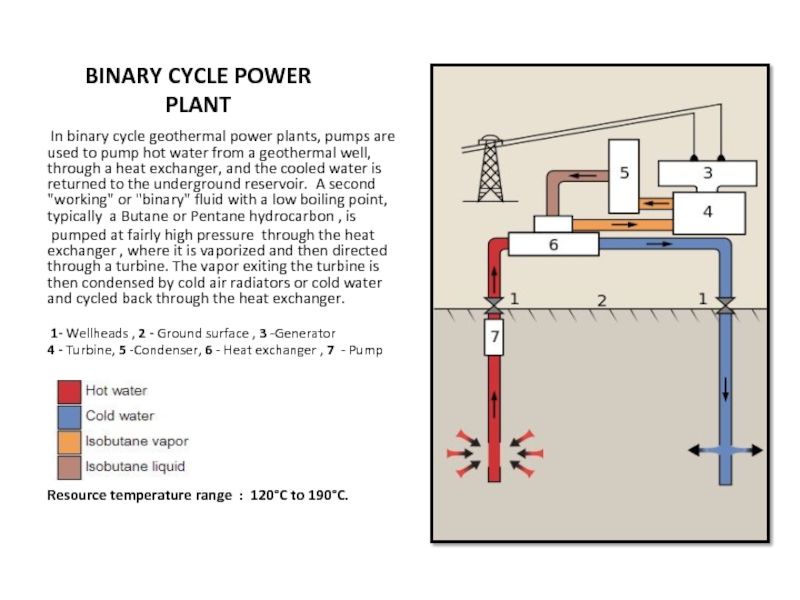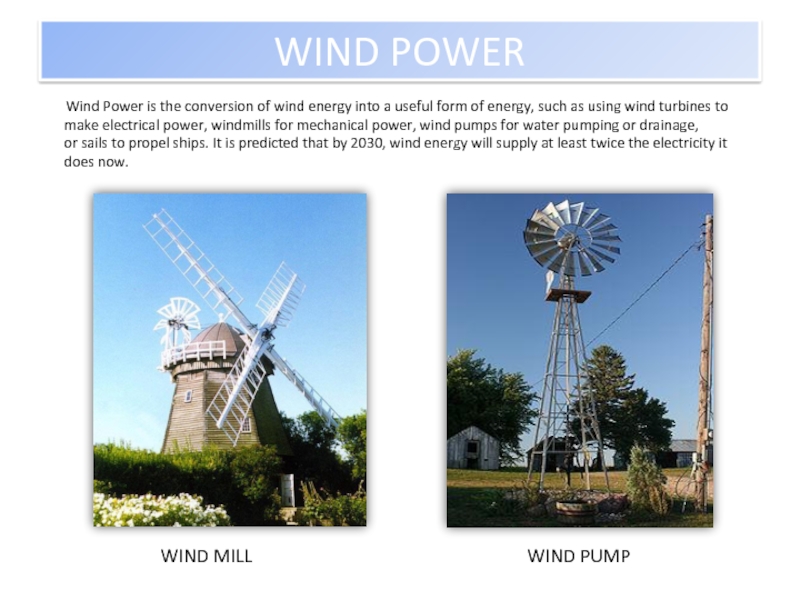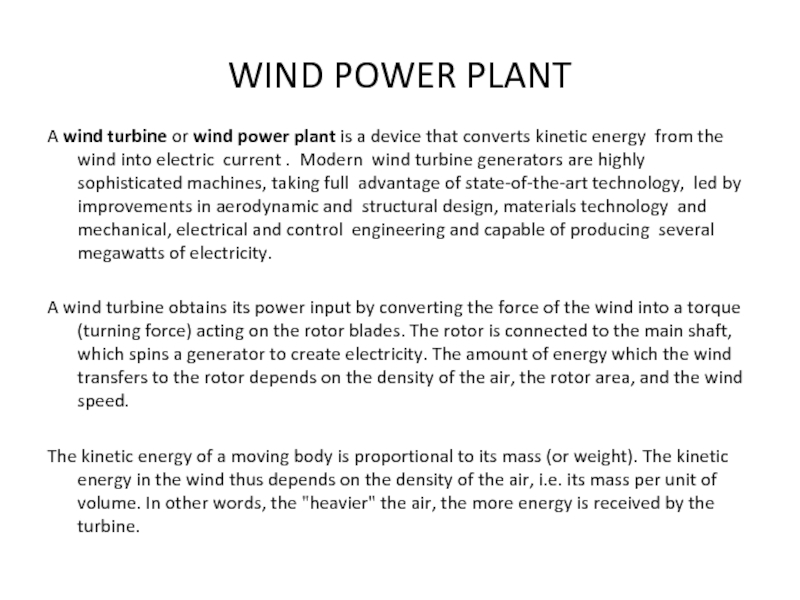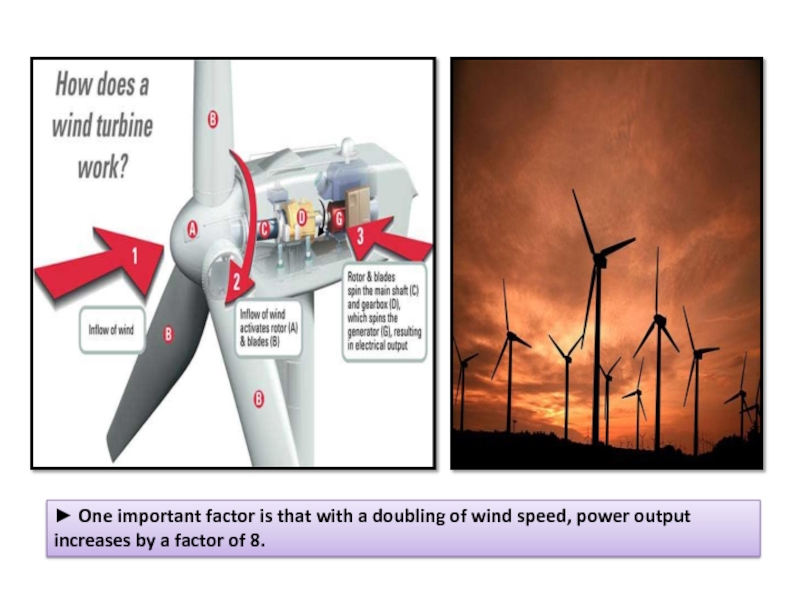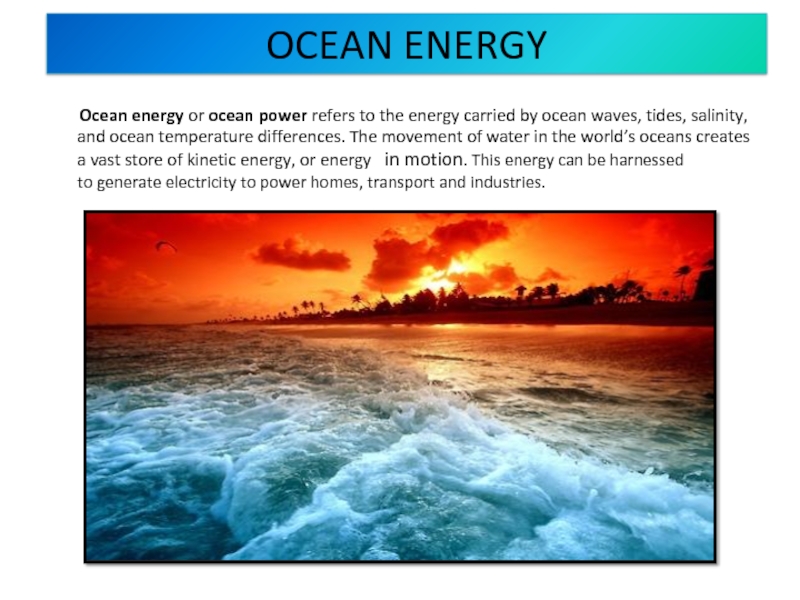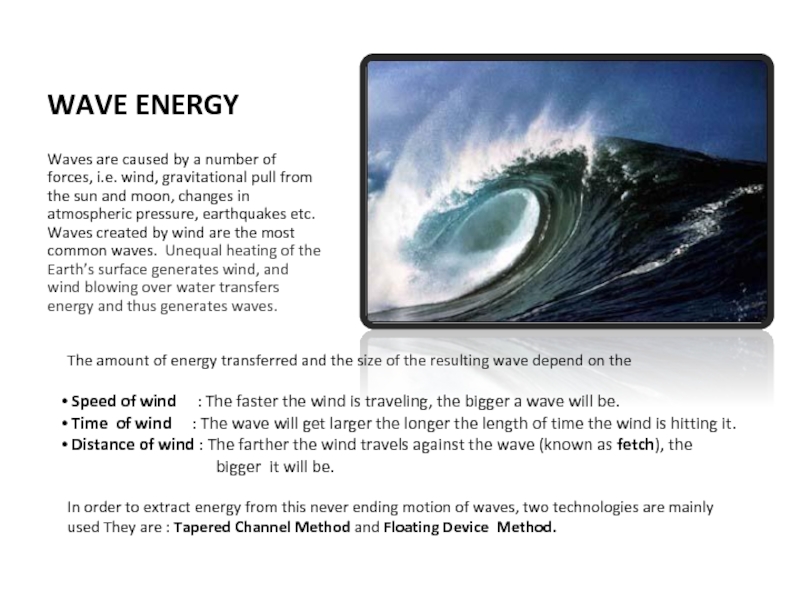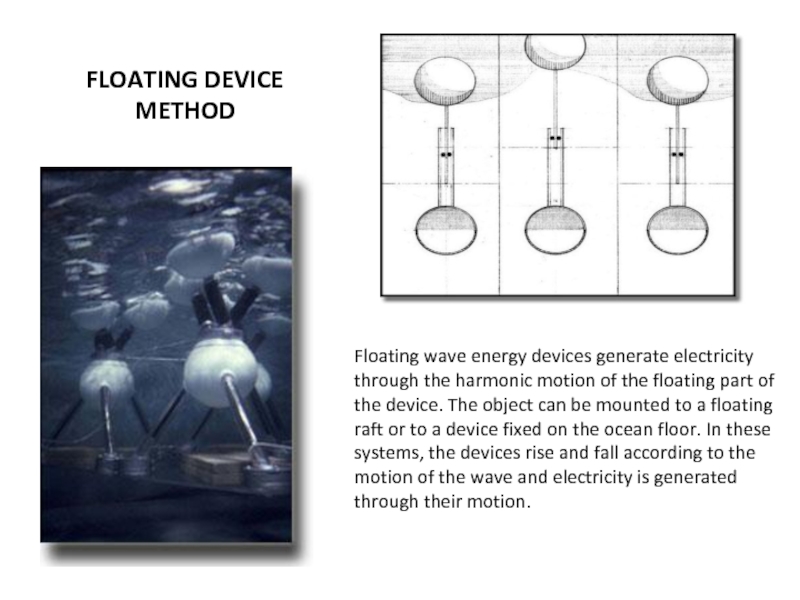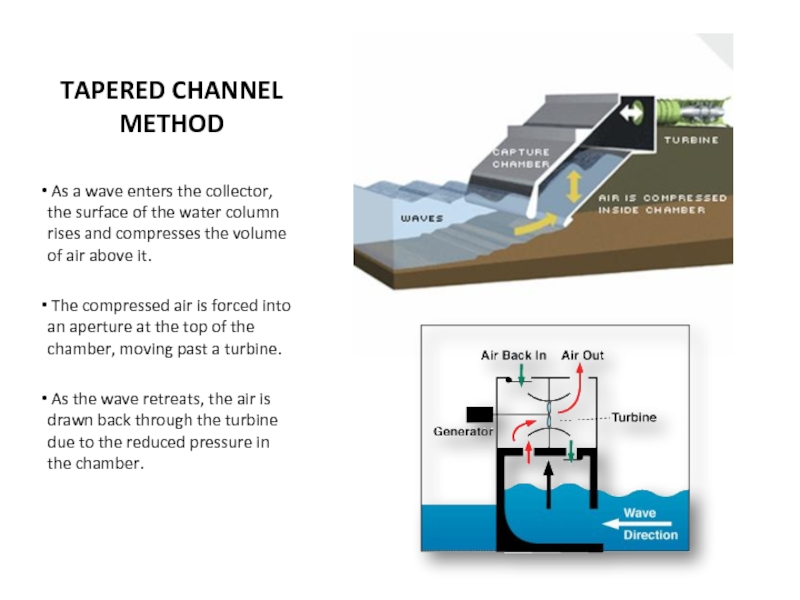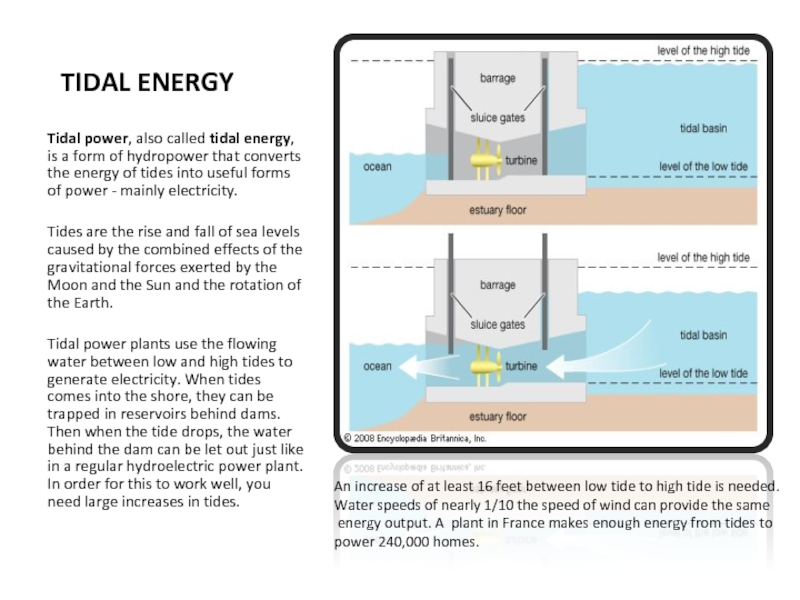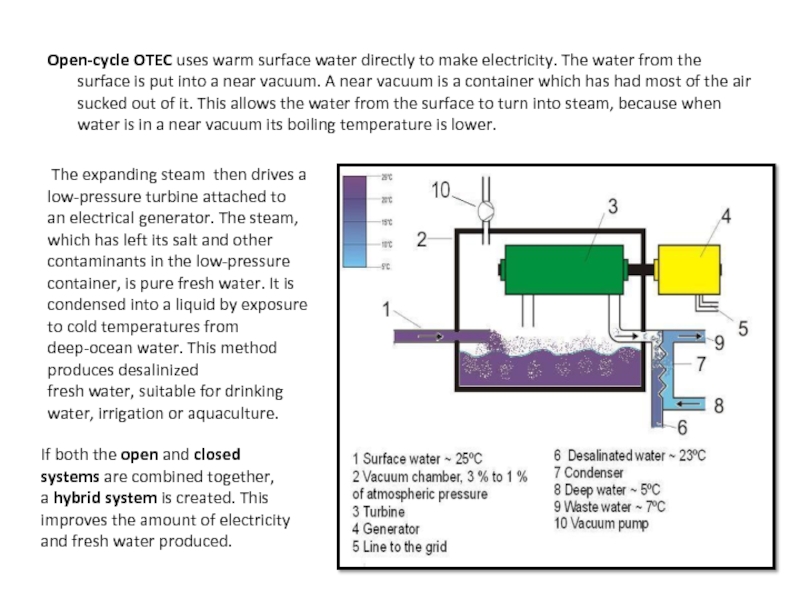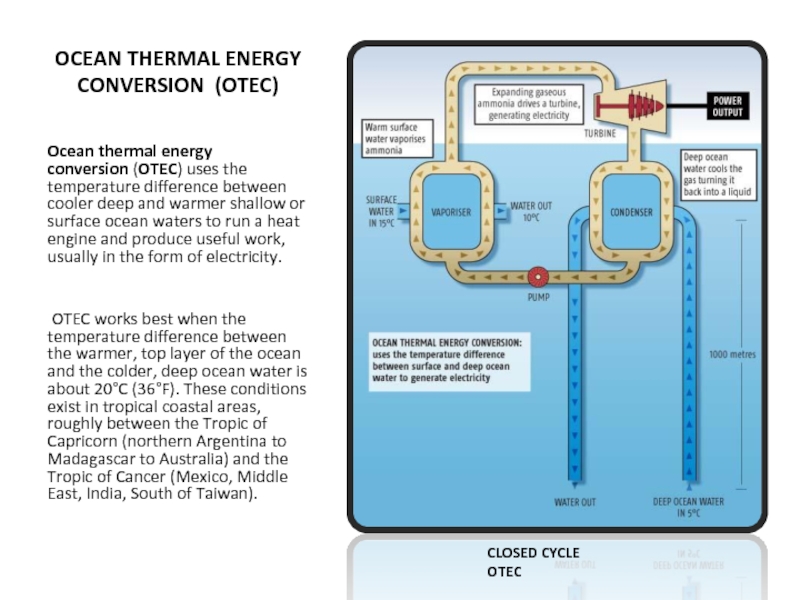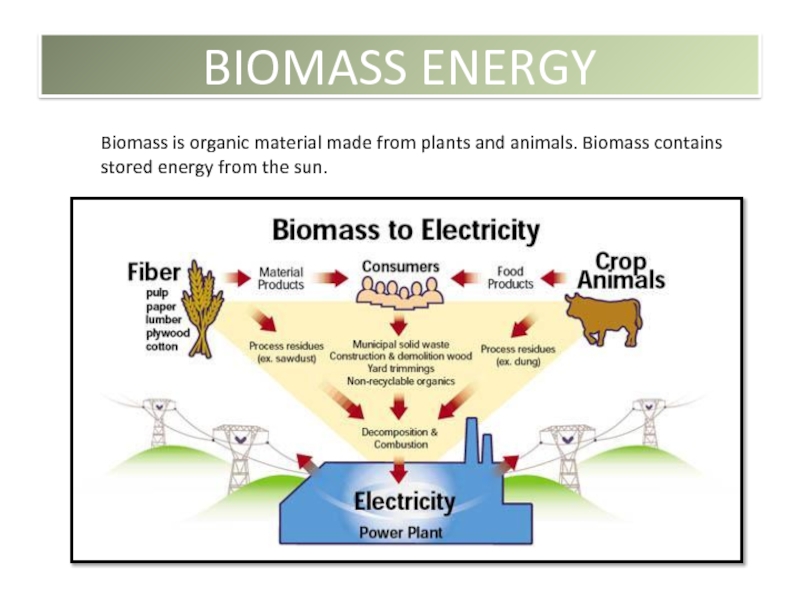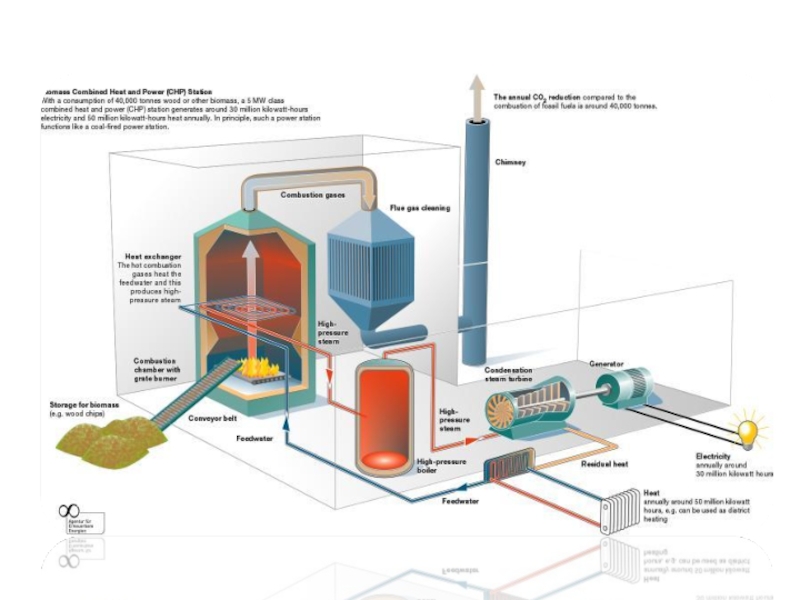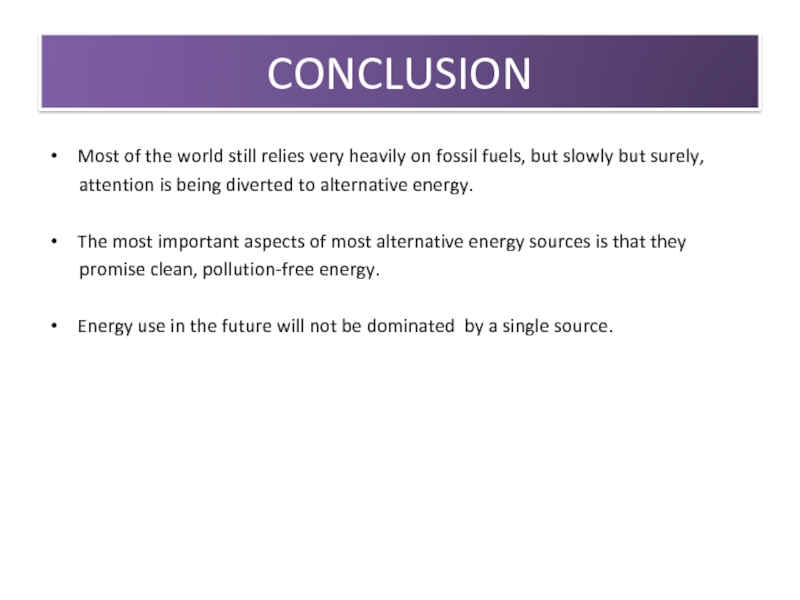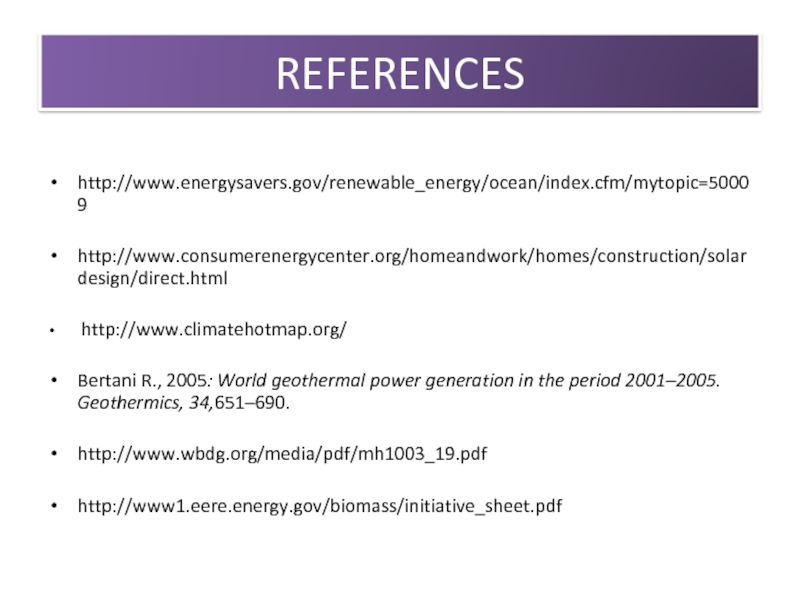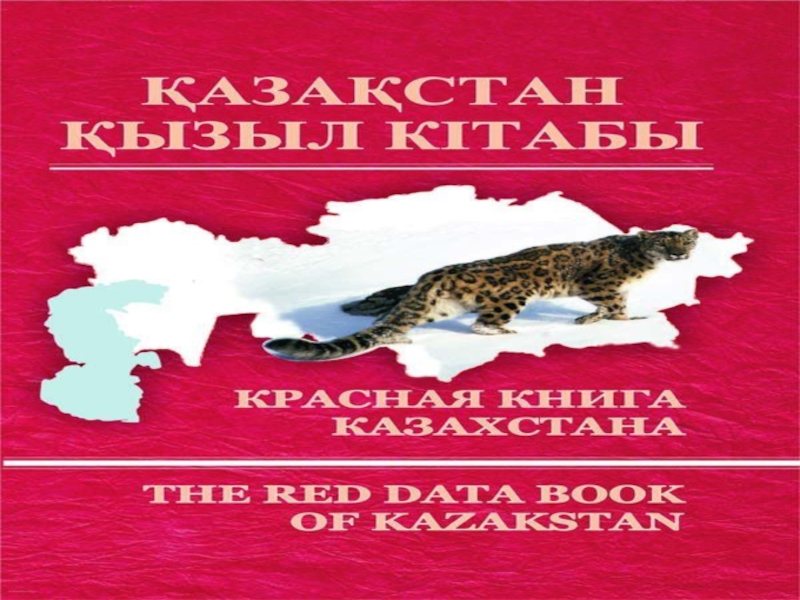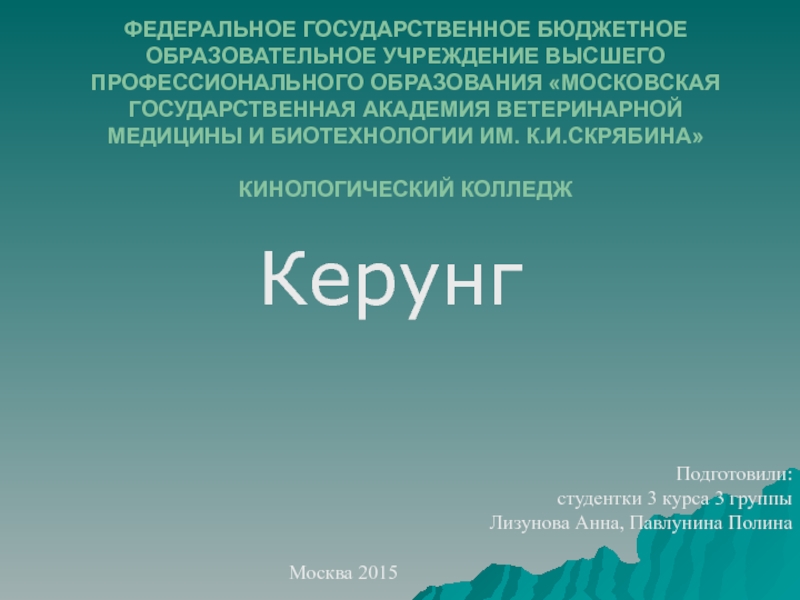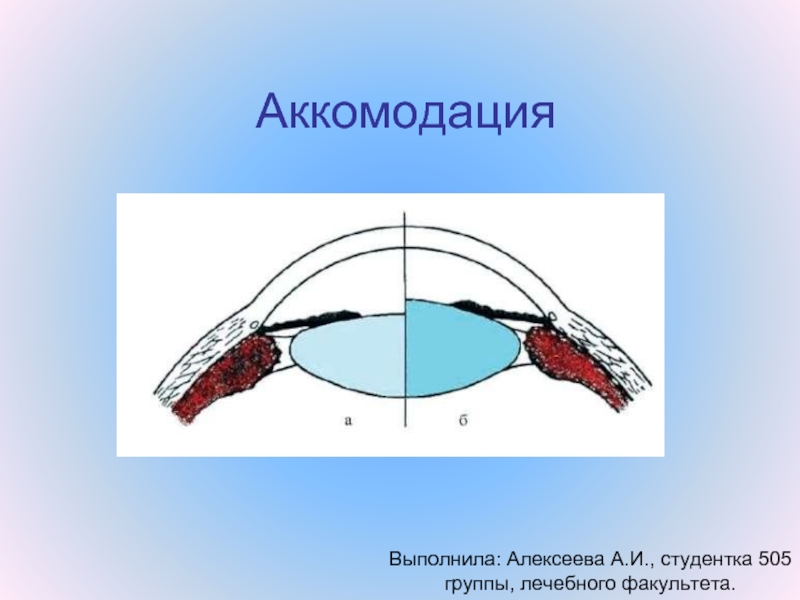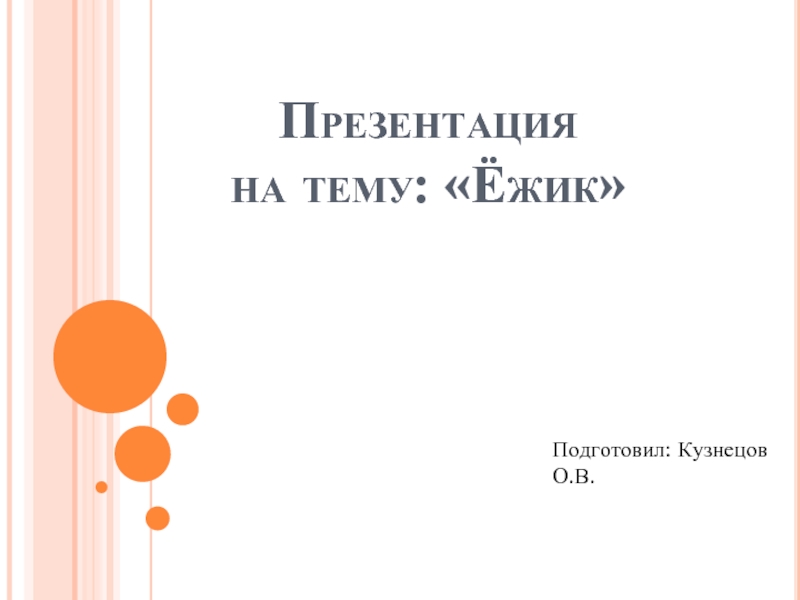- Главная
- Разное
- Дизайн
- Бизнес и предпринимательство
- Аналитика
- Образование
- Развлечения
- Красота и здоровье
- Финансы
- Государство
- Путешествия
- Спорт
- Недвижимость
- Армия
- Графика
- Культурология
- Еда и кулинария
- Лингвистика
- Английский язык
- Астрономия
- Алгебра
- Биология
- География
- Детские презентации
- Информатика
- История
- Литература
- Маркетинг
- Математика
- Медицина
- Менеджмент
- Музыка
- МХК
- Немецкий язык
- ОБЖ
- Обществознание
- Окружающий мир
- Педагогика
- Русский язык
- Технология
- Физика
- Философия
- Химия
- Шаблоны, картинки для презентаций
- Экология
- Экономика
- Юриспруденция
FOSSIL FUELS &ALTERNATIVE ENERGY SOURCES презентация
Содержание
- 1. FOSSIL FUELS &ALTERNATIVE ENERGY SOURCES
- 2. ► FOSSIL FUELS ► ALTERNATIVE
- 3. FOSSIL FUELS ► Fossil fuels are basically
- 5. FOSSIL FUEL COMBUSTION Burning fossil fuels is
- 6. Sulfur trioxide can absorb moisture from
- 7. ► Particulate Matter emissions (soot and
- 9. ALTERNATIVE ENERGY SOURCES
- 10. DIFFERENT ALTERNATIVE ENERGY SOURCES
- 11. SOLAR ENERGY
- 12. PASSIVE SOLAR HEATING Passive solar design uses
- 13. ►The most common passive solar system is
- 14. ► It has been estimated that 40
- 15. ACTIVE SOLAR HEATING COOKING
- 16. SOLAR WATER HEATING
- 17. . The
- 18. ► The surface receives about 47% of
- 19. HYDROELECTRIC ENERGY A hydroelectric plant
- 20. IMPOUNDMENT POWER PLANT
- 21. There's another type of hydropower plant, called
- 22. In times of high energy demand, the
- 23. DIVERSION POWER PLANT A diversion
- 24. GEOTHERMAL ENERGY Magma rising from the mantles
- 25. DIRECT USE Direct uses of geothermal
- 26. SPACE HEATING Where temperatures
- 27. DISTRICT HEATING Space heating
- 28. SPACE COOLING Given the proper circumstances,
- 29. INDIRECT USE : GENERATION OF ELECTRICITY
- 30. DRY STEAM POWER PLANT Steam is
- 31. FLASH STEAM POWER PLANT Flash plants
- 32. BINARY CYCLE POWER PLANT In binary cycle
- 33. WIND POWER
- 34. WIND POWER PLANT A wind turbine or wind power plant is
- 35. ► One important factor is that with
- 36. OCEAN ENERGY Ocean
- 37. WAVE ENERGY Waves are caused by a
- 38. FLOATING DEVICE METHOD Floating wave energy devices
- 39. TAPERED CHANNEL METHOD As
- 40. TIDAL ENERGY Tidal power,
- 41. Open-cycle OTEC uses warm surface water
- 42. OCEAN THERMAL ENERGY CONVERSION (OTEC)
- 43. BIOMASS ENERGY Biomass is organic material made
- 45. CONCLUSION Most of the world still relies
- 46. REFERENCES http://www.energysavers.gov/renewable_energy/ocean/index.cfm/mytopic=50009 http://www.consumerenergycenter.org/homeandwork/homes/construction/solardesign/direct.html
- 47. . THANK YOU YNWA
Слайд 2
► FOSSIL FUELS
► ALTERNATIVE ENERGY SOURCES
SOLAR ENERGY
HYDROELECTRIC ENERGY
GEOTHERMAL ENERGY
OCEAN ENERGY
BIOMASS ENERGY
►
► REFERENCES
OUTLINE
Слайд 3FOSSIL FUELS
► Fossil fuels are basically any carbon based substance that
source of energy. They are formed by natural processes such as anaerobic
decomposition of buried dead organisms.
► Fossil fuels contain high percentages of carbon and include coal, petroleum,
and natural gas . They range from volatile materials with low carbon : hydrogen ratios
like methane, to liquid petroleum to nonvolatile materials composed of almost pure
carbon, like anthracite coal.
► Fossil fuels are of great importance because they can be burned (oxidized to carbon
dioxide and water), producing significant amounts of energy per unit weight.
► Fossil Fuels are a nonrenewable resource because they were formed from the remains
of plant and animal matter from over 65 million years ago. Once they are gone, they
are gone forever!
Слайд 5FOSSIL FUEL COMBUSTION
Burning fossil fuels is responsible for environmental issues that
these days. Examples are greenhouse gas accumulation, acidification, air pollution, water
pollution, damage to land surface and ground-level ozone.
The principal air pollutants resulting from fossil fuel combustion are the following:
(a) carbon monoxide
(b) the oxides of sulfur, SO2 and SO3 (represented as SOx)
(c) the oxides of nitrogen, NO and NO2 (NOx)
(d) ‘particulates’, consisting primarily of very fine soot and ash particles.
► Carbon monoxide (CO) is a product of incomplete combustion of any fuel. It is both a
highly poisonous gas and the principal constituent of photochemical smog.
► Sulfur oxides arise during combustion from oxidation of sulfur in sulfur containing fuels (some
coals and some petroleum-based products). The principal product is sulfur dioxide:
S (in fuel) + O2 --> SO2
When it is released to the atmosphere, it can react with oxygen in the air to form sulfur trioxide:
2 SO2 + O2 --> 2 SO3
Слайд 6
Sulfur trioxide can absorb moisture from the atmosphere or readily dissolve
► Nitrogen oxides have two sources : Fuel NOx is produced when nitrogen atoms chemically combined with the molecules of the fuel are oxidized during the combustion process to form nitric oxide:
2 N (in fuel) + O2 --> 2 NO
In addition, thermal NOx is produced in some combustion processes that operate at such high temperatures that nitrogen molecules in the air are oxidized to nitric oxide:
N2 (in air) + O2 --> 2 NO
2 NO + O2 --> 2 NO2
Nitrogen oxides will react further with water and oxygen to form nitric acid:
4 NO2 + 2 H2O + O2 --> 4 HNO3
Like sulfuric acid, nitric acid is a very strong acid that easily corrodes or attacks many materials. Nitric acid is also a component of acid rain.
Слайд 7 ► Particulate Matter emissions (soot and fly ash) are also
► The total fossil fuel used in the year 1997 is the result of 422 years of all plant matter that grew on the entire surface and in all the oceans of the ancient earth.
Слайд 9 ALTERNATIVE ENERGY SOURCES
The nature of what constitutes
“Energy fueled in ways that do not use up natural resources or harm the environment “
- Oxford Dictionary.
“Energy derived from sources that do not use up natural resources or harm the environment “ - Princeton WordNet .
Energy generated from alternatives to fossil fuel. Need not be renewable.
► In a general sense, alternative energy as it is currently conceived, is that which is produced or recovered without the undesirable consequences inherent in fossil fuel use, particularly high carbon dioxide emissions, an important factor in global warming.
Слайд 11SOLAR ENERGY
“I’d put my money on the sun and solar
energy. What
we don’t have to wait ‘til oil and coal run
out before we tackle that.”
- Thomas Edison
Solar energy is an energy source that involves tapping the radiant light energy that is emitted by the sun and converting it into other forms of energy, such as heat and electricity.
Solar energy reaching the earth is incredible. By one calculation, 30 days of sunshine striking the Earth have the energy equivalent of the total of all the planet’s fossil fuels, both used and unused!
Solar technologies are broadly characterized as either Passive solar or Active solar depending on the way they capture, convert and distribute solar energy.
Слайд 12PASSIVE SOLAR HEATING
Passive solar design uses sunshine to heat and light
Слайд 13►The most common passive solar system is called direct gain. Direct
► If solar heat is to be used when the sun is
not shining, excess heat must be stored. In indirect gain the solar energy is collected and stored in one part of the house and use natural heat transfer to distribute heat to the rest of the house . Thermal mass ,materials with a high capacity for absorbing and storing heat (e.g., brick, concrete masonry, concrete slab, tile, adobe, water) are used for this purpose.
DIRECT GAIN
INDIRECT GAIN
Слайд 14► It has been estimated that 40 to 90% of most
Слайд 17
.
The generation of voltage across the PN junction in a semiconductor
Solar cell is a photovoltaic device that converts the light energy into electrical energy based on the principles of photovoltaic effect . Solar cell (crystalline Silicon) consists of a n-type semiconductor (emitter) layer and p-type semiconductor layer (base). The two layers are sandwiched and hence there is formation of p-n junction and an electric field within the cell.
SOLAR CELL [PHOTOVOLTAIC CELL]
During the incident of light energy, in n-type material, electrons can gain energy and move into the p-type region. Then they can no longer go back to their original low energy position and remain at a higher energy. The process of moving a light- generated carrier from p-type region to n-type region is called collection. These collections of carriers (electrons) can be either extracted from the device to give a current, or it can remain in the device and gives rise to a voltage.
Слайд 18► The surface receives about 47% of the total solar energy
Слайд 19HYDROELECTRIC ENERGY
A hydroelectric plant uses the flow of water
generate power. Hydroelectric plants provide about 20% of the world’s electricity.
Слайд 20IMPOUNDMENT POWER PLANT
The most
Слайд 21There's another type of hydropower plant, called the pumped-storage plant. In a
Upper reservoir - Like a conventional hydropower plant, a dam creates a reservoir. The water in this reservoir flows through the hydropower plant to create electricity.
Lower reservoir - Water exiting the hydropower plant flows into a lower reservoir rather than re-entering the river and flowing downstream.
Using a reversible turbine, the plant can pump water back to the upper reservoir. This is done in off-peak hours. Essentially, the second reservoir refills the upper reservoir. By pumping water back to the upper reservoir, the plant has more water to generate electricity during periods of peak consumption.
PUMPED – STORAGE POWER PLANT
Слайд 22In times of high energy demand, the pumped-storage plant releases water
Слайд 23DIVERSION POWER PLANT
A diversion plant, sometimes called a run-of-river facility, in
These plants rely entirely on the flow of the river to produce electricity. There is no dam to artificially raise the height of the water. A diversion plant depends solely on the landscape to create the head.
Слайд 24GEOTHERMAL ENERGY
Magma rising from the mantles brings unusually hot material near
the magma, in turn, heats any groundwater. This is the basis for generating geothermal
energy.
Слайд 25DIRECT USE
Direct uses of geothermal energy is appropriate for sources
• Space heating
• Air conditioning
• Industrial processes
• drying
• Greenhouses
• Aquaculture
• Hot water
• Resorts and Pools
• Melting snow
Geothermal energy can be used in a direct or indirect way. The choice is determined by the available temperature, the presence of a reservoir, the intended purpose and the economic context.
► Worldwide, there are now about 40 geothermal power plants and most
of them are built along plate tectonic boundaries .
Слайд 26SPACE HEATING
Where temperatures are insufficient to meet the space heating requirements
Space heating is provided by means of pumped wells or through the use of down hole heat exchangers.
► In fact using geothermal energy to heat is about 2-3 times as common as using it to create electricity.
Слайд 27DISTRICT HEATING
Space heating can also be provided on a building by
The development of geothermal district heating, led by the Icelanders, has been one of the fastest growing segments of the geothermal space heating industry and now accounts for over 75% of all space heating provided from geothermal resources worldwide.
Слайд 28SPACE COOLING
Given the proper circumstances, natural hot water may be used
Absorption refrigeration is a cooling process that is efficiently employed to cool areas of human occupancy.
Geothermal absorption refrigeration units create "cold" by making use of a well known physical phenomena: the boiling temperature of a liquid depends on pressure; and heat is "robbed" from the environment when a liquid boils.
The use of geothermal space cooling wiII depend upon the location, temperature, production (flow) rates and chemical quality of hot water in prospective geothermal reservoirs.
Слайд 29INDIRECT USE : GENERATION OF ELECTRICITY
The indirect use of Geothermal energy
There are three types of geothermal power plants: Dry Steam, Flash Steam, and Binary Cycle.
Слайд 30DRY STEAM POWER PLANT
Steam is used directly from the wells to
Resource temperature range :
220°C to 320°C.
Слайд 31FLASH STEAM POWER PLANT
Flash plants take super heated water out of
Resource temperature range : 200°C to 300°C.
Слайд 32BINARY CYCLE POWER PLANT
In binary cycle geothermal power plants, pumps are used
pumped at fairly high pressure through the heat exchanger , where it is vaporized and then directed through a turbine. The vapor exiting the turbine is then condensed by cold air radiators or cold water and cycled back through the heat exchanger.
1- Wellheads , 2 - Ground surface , 3 -Generator
4 - Turbine, 5 -Condenser, 6 - Heat exchanger , 7 - Pump
Resource temperature range : 120°C to 190°C.
Слайд 33WIND POWER
Wind Power is the conversion
WIND MILL
WIND PUMP
Слайд 34WIND POWER PLANT
A wind turbine or wind power plant is a device that converts kinetic energy
A wind turbine obtains its power input by converting the force of the wind into a torque (turning force) acting on the rotor blades. The rotor is connected to the main shaft, which spins a generator to create electricity. The amount of energy which the wind transfers to the rotor depends on the density of the air, the rotor area, and the wind speed.
The kinetic energy of a moving body is proportional to its mass (or weight). The kinetic energy in the wind thus depends on the density of the air, i.e. its mass per unit of volume. In other words, the "heavier" the air, the more energy is received by the turbine.
Слайд 35► One important factor is that with a doubling of wind
Слайд 36OCEAN ENERGY
Ocean energy or ocean power refers to the
Слайд 37WAVE ENERGY
Waves are caused by a number of forces, i.e. wind,
The amount of energy transferred and the size of the resulting wave depend on the
Speed of wind : The faster the wind is traveling, the bigger a wave will be.
Time of wind : The wave will get larger the longer the length of time the wind is hitting it.
Distance of wind : The farther the wind travels against the wave (known as fetch), the
bigger it will be.
In order to extract energy from this never ending motion of waves, two technologies are mainly used They are : Tapered Channel Method and Floating Device Method.
Слайд 38FLOATING DEVICE METHOD
Floating wave energy devices generate electricity through the harmonic
Слайд 39TAPERED CHANNEL METHOD
As a wave enters the collector, the surface
The compressed air is forced into an aperture at the top of the chamber, moving past a turbine.
As the wave retreats, the air is drawn back through the turbine due to the reduced pressure in the chamber.
Слайд 40TIDAL ENERGY
Tidal power, also called tidal energy, is a form of hydropower that
Tides are the rise and fall of sea levels caused by the combined effects of the gravitational forces exerted by the Moon and the Sun and the rotation of the Earth.
Tidal power plants use the flowing water between low and high tides to generate electricity. When tides comes into the shore, they can be trapped in reservoirs behind dams. Then when the tide drops, the water behind the dam can be let out just like in a regular hydroelectric power plant. In order for this to work well, you need large increases in tides.
An increase of at least 16 feet between low tide to high tide is needed.
Water speeds of nearly 1/10 the speed of wind can provide the same
energy output. A plant in France makes enough energy from tides to
power 240,000 homes.
Слайд 41
Open-cycle OTEC uses warm surface water directly to make electricity. The
The expanding steam then drives a low-pressure turbine attached to an electrical generator. The steam, which has left its salt and other contaminants in the low-pressure container, is pure fresh water. It is condensed into a liquid by exposure to cold temperatures from deep-ocean water. This method produces desalinized
fresh water, suitable for drinking water, irrigation or aquaculture.
If both the open and closed systems are combined together, a hybrid system is created. This improves the amount of electricity and fresh water produced.
Слайд 42OCEAN THERMAL ENERGY CONVERSION (OTEC)
Ocean thermal energy conversion (OTEC) uses the
OTEC works best when the temperature difference between the warmer, top layer of the ocean and the colder, deep ocean water is about 20°C (36°F). These conditions exist in tropical coastal areas, roughly between the Tropic of Capricorn (northern Argentina to Madagascar to Australia) and the Tropic of Cancer (Mexico, Middle East, India, South of Taiwan).
CLOSED CYCLE OTEC
Слайд 43BIOMASS ENERGY
Biomass is organic material made from plants and animals. Biomass
Слайд 45CONCLUSION
Most of the world still relies very heavily on fossil fuels,
attention is being diverted to alternative energy.
The most important aspects of most alternative energy sources is that they
promise clean, pollution-free energy.
Energy use in the future will not be dominated by a single source.
Слайд 46REFERENCES
http://www.energysavers.gov/renewable_energy/ocean/index.cfm/mytopic=50009
http://www.consumerenergycenter.org/homeandwork/homes/construction/solardesign/direct.html
http://www.climatehotmap.org/
Bertani R., 2005: World geothermal power generation in the
http://www.wbdg.org/media/pdf/mh1003_19.pdf
http://www1.eere.energy.gov/biomass/initiative_sheet.pdf
